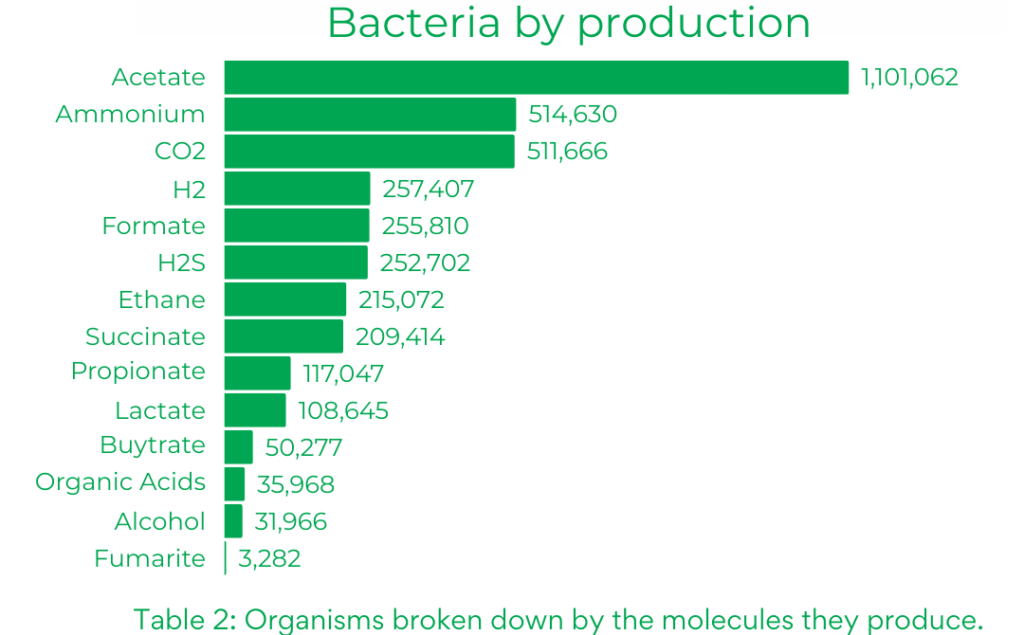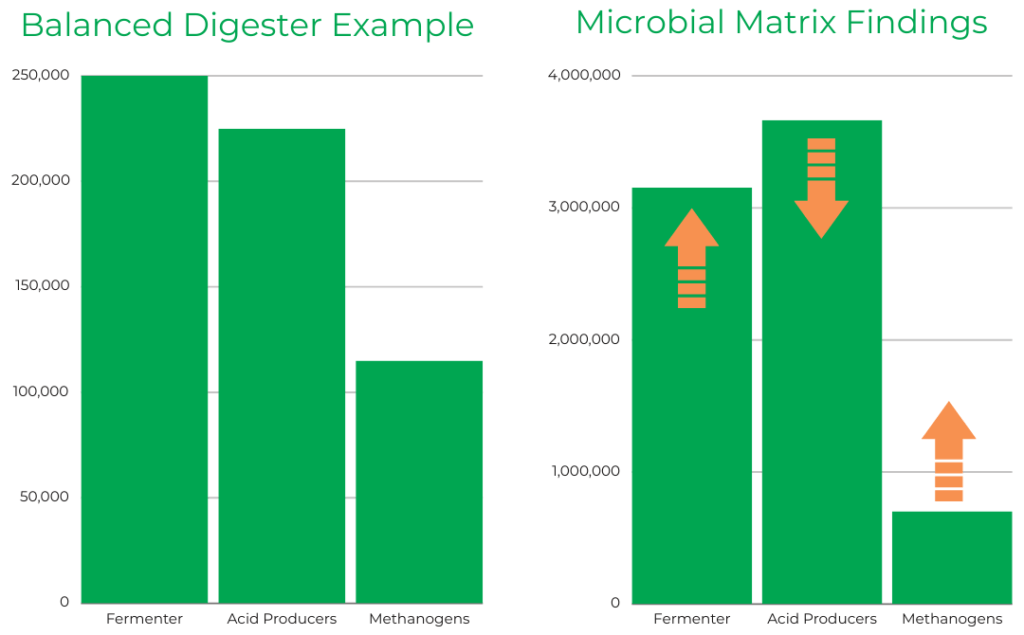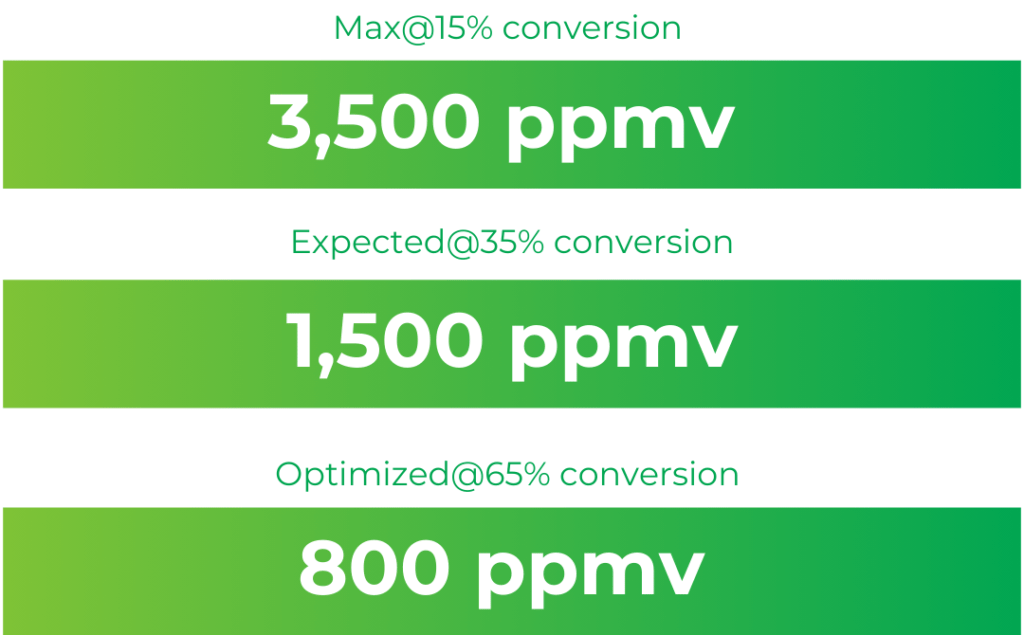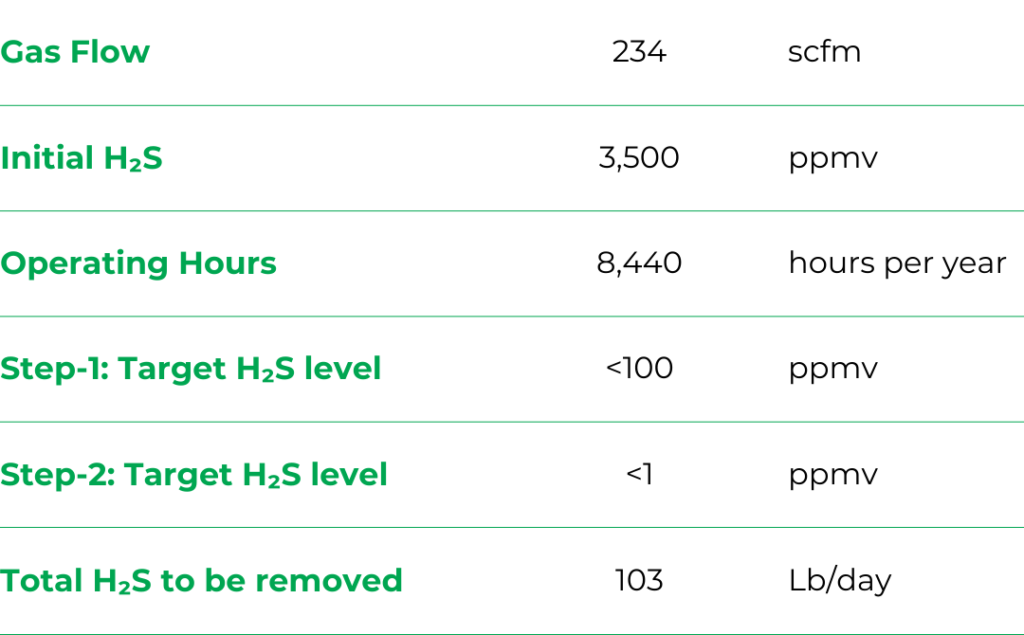What people say about us
The health our plant has improved significantly since Digester Doc's assistance and we are now able to continue ramping up and not showing any signs of slowing down.
Jeffrey Lippert
Montrose Environment
Digester Doc is our first call and has always worked very hard to make sure our issues are taken care of and follows up to make sure the solution implemented is working for the long haul!
Melinda Flores
New Energy One LLC








